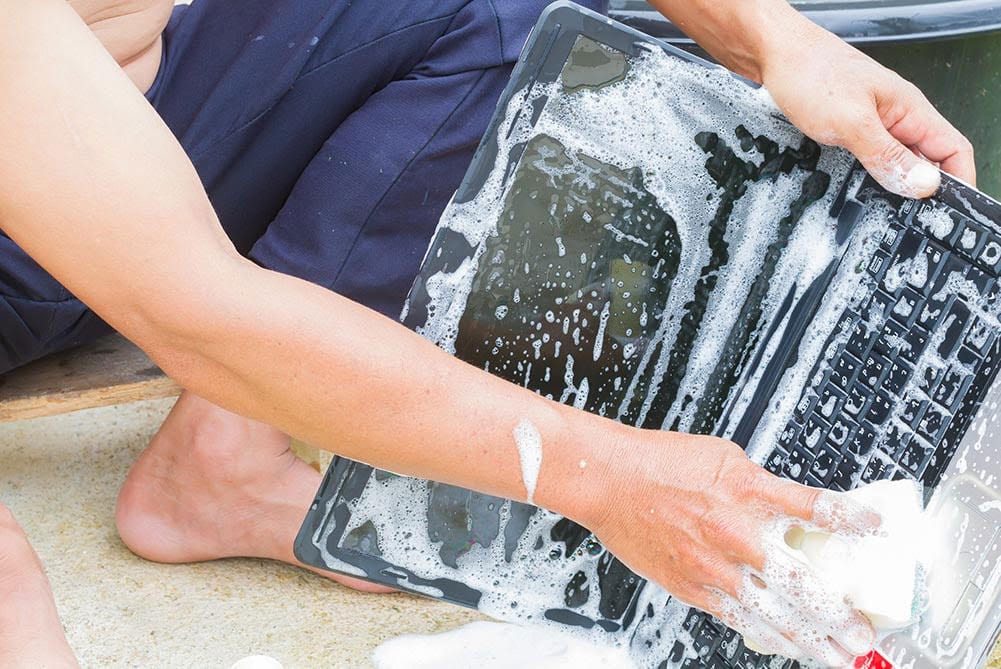
Written by: Jeff Heybruck
What is the importance of the Chart of Accounts?
You may have heard from your CPA, CFO or bookkeeper that your Chart of Accounts could use some cleanup. But what does that mean?
A chart of accounts (COA) is a list of all the financial accounts in the general ledger of a company. As a company grows, it is possible for the COA to get a bit messy, making it difficult to follow the financial statements in a meaningful way. COA’s with too little detail can limit your ability to make decisions and track changes (and reasons for those changes). Alternatively, too much detail can become cumbersome and overwhelming, making the financial statements more complicated than they need to be.
Managing or cleaning up your Chart of Accounts can seem like a daunting task, especially if you’re not an accounting professional. But remember, the better your chart of accounts, the better your reporting will be and the easier it will be to analyze and understand your financials.
How Do I Clean Up My Chart of Accounts?
Here are a few pointers for developing and maintaining a healthy Chart of Accounts.
- Use account numbers – Most popular accounting software doesn’t require you to use account numbers, but without them, the accounts will list on the financial statements in alphabetical order. Using numbers helps organize related accounts so that they fall together on the financial statements.
- The Standard Chart of Accounts – But not just any numbers! – Using a standard COA numbering system helps you and other interested parties know what sort of account is being represented, even if there isn’t a full description available. For small and medium sized companies, a three- or four-digit code will usually suffice. Generally, the first digit of the account number represents the following account types:
- 1 – Assets
- 2 – Liabilities
- 3 – Owner’s (Shareholder’s) Equity
- 4 – Income/Revenue
- 5 – Cost of Goods Sold/Project Costs
- 6 – Overhead Expenses
- 7 – Other Income
- 8 – Other Expenses
- Evaluate the need for more (or less) accounts – Do you need an individual account for each type of utility that you pay? Probably not. Should you separate your Gross Wage expense from your Payroll Tax expense? Probably so. Taking an honest look at how much detail you need on your P&L can save you and your bookkeeper time and energy in the long run.
- Deactivate unused accounts – Perhaps you had a loan that is no longer active. Deactivating the account associated with it means the account will no longer show up on reports that you run.
As always, if you have any questions about your Chart of Accounts, or if you’d like some help making sense of it, don’t hesitate to give Lucrum a call.


